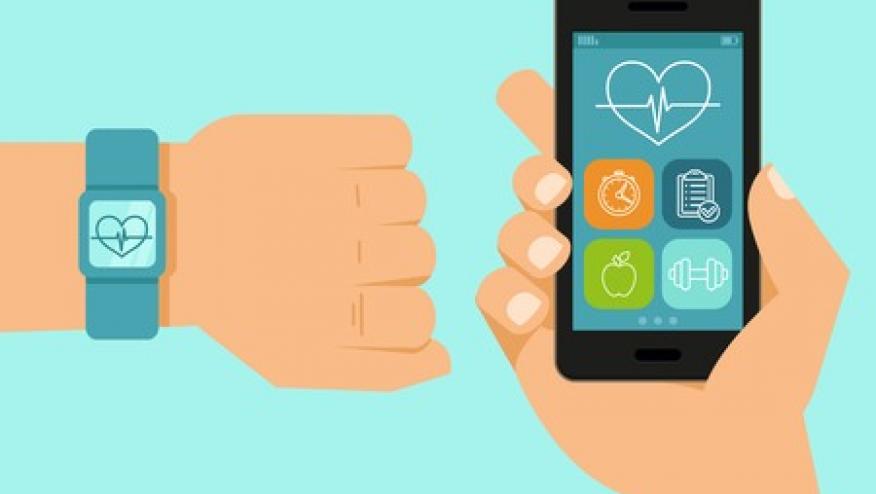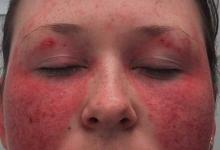Wearable Technologies Coming of Age Save

The first day of EULAR 2017 highlighted a symposium focus on the advances in wearable technologies. Several lectures updated attendees with the state of wearables in society and their implications on public health, fitness, weight loss and clinical trials.
These devices (Fitbit, Vivo fit, cellphones) make use of accelerometers that can be worn as a watch, or clip to thigh or hip. Many are worn on the thigh for the purpose of not only assessing movement but also positional change. This is accomplished by measuring acceleration through different axes over time.
The accelerometers have become smaller with improved sensitivity and updated software, making these devices ready for primetime use in life, practice and trials.
Yet their use still requires a computer interface, and in the case of clinical trial use, may require patient entry into chronological diaries for data interpretation.
While these are cheap and easily implemented, some have questioned their accuracy by noting that different devices yield different results on the same patient. Moreover, the most expensive devices are NOT necessarily the most accurate or “true”. For instance, the Mi Band (from China) is far cheaper than many currently sold “health trackers” in the USA.
Marie McCarthy from ICON reviewed the adoption of wearables in clinical research, noting that there is a growing interest in incorporating these into many current clinical trials. She even prognosticated that within 2 years, wearable direct to patient (D2P) assessments would be in the majority of RCTs.
The advantage is that they allow for remote, between-visit monitoring, the acquisition of real life/real time data, and the measures are highly objective. The use of wearables in research may improve patient engagement, screening, recruitment or adherence (you can also send messages to the monitoring device). Their use creates new or novel endpoints and may allow for fewer patient visits – all the while maintaining proper monitoring.
Lastly, these devices are quite accurate in monitoring and reporting sleep – which is increasingly being reported as a surrogate or comorbid outcome in many diseases or with numerous treatments.
The range of measures may extend beyond activity, sleep, temperature and heart rate and may, in the future, be capable of blood monitoring. However, the ability to assess swollen joints, fatigue or biomarkers will have to remain on the wish-list, as the technology improves.







If you are a health practitioner, you may Login/Register to comment.
Due to the nature of these comment forums, only health practitioners are allowed to comment at this time.